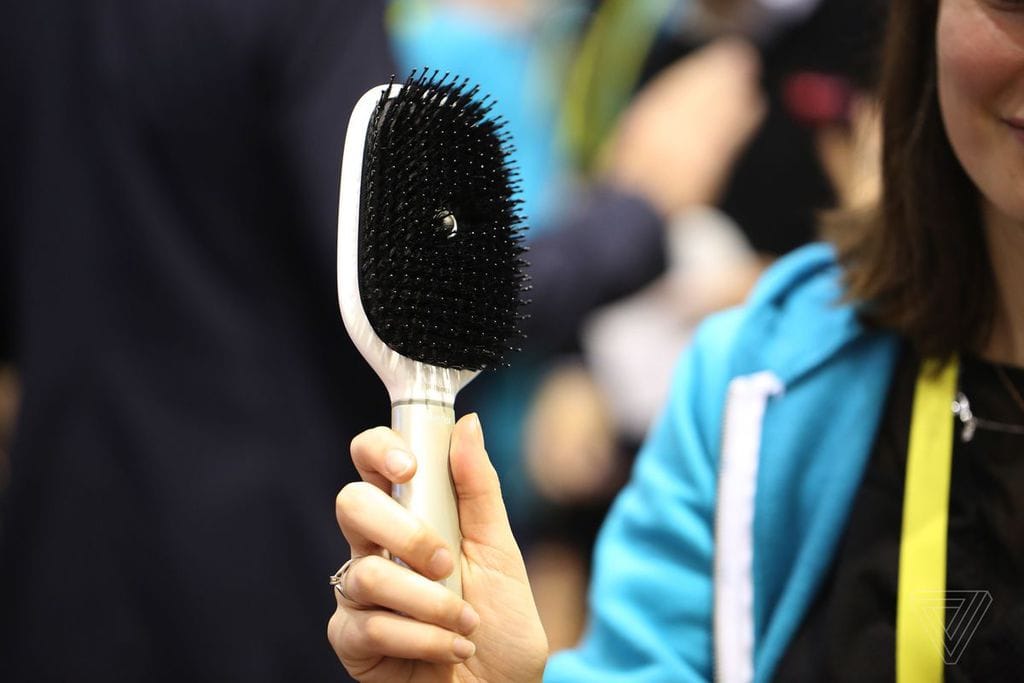
Tinder, the popular dating platform, is unveiling a highly exclusive subscription service, Tinder Select, catering to the world’s top 1%. This elite experience comes with a hefty price tag of $499 per month, and it’s not open to just anyone, it’s invite-only.
The Screening Process
If you’re fortunate enough to receive an invitation to Tinder Select, you’ll need to pass a stringent five-point screening process. This includes verifying your profile picture, having at least four additional photos, a biography, a list of at least five interests, and a description of what you’re seeking on the app.

Successful applicants will receive a distinct ‘Select’ badge on their profile picture, signifying their elite status. However, Tinder allows you to hide this badge if you’d rather keep your subscription cost private!
Revenue and Expectations
Tinder, owned by Match Group, acknowledges that Select will only attract a small number of subscribers. But when these subscribers are willing to pay a premium of $499 each month, it can significantly boost revenue. It’s a strategic move that aligns with their revenue targets. Subscribed users can enjoy the perk of being able to message even those individuals that they have not matched with yet.
However, Tinder Select offers more than just messaging capabilities; it also promises “increased visibility” for your profile thus, attracting more attention and increasing the chance of pairing with like-minded people.
Price Tiers
While Tinder Select sits at the top of the pricing pyramid with a monthly fee of an eyewatering $499! Tinder continues to offer lower-tiered pricing options, starting at $24.99 per month. The new elite service provides a premium alternative for those who demand exclusivity.
The launch of Tinder Select ushers in a new era for dating apps, targeting a select group who are willing to invest in an exclusive and efficient dating experience. Time will tell how many people opt for this high-end service and whether lower-tier options continue to thrive.
The Strangest Inventions Silicon Valley Gave Us in the 2010s

Technology is all over the place these days, and the people who are supposed to buy it are struggling to keep up both financially and mentally. Alongside some inventions like drones, AI, and facial recognition that seem straight out of the future has come a whole army of bizarre little machines that aren’t practical, aren’t made well, and frankly, no one ever asked for. And what do they all have in common? For one thing, they were all developed, funded, and managed in the startup hub — AKA a cesspool of money and dreams (and dreams of money) called Silicon Valley. Here are the weirdest inventions of the last decade you want to make sure you didn’t miss.
1. The Smart Brush
For just $199, you can have a brush that listens to your hair and tells you when you’re brushing too hard or in the wrong direction – or at least, you could have.

But after this idea majorly flopped, L’Oréal not only stopped producing them…they also tried to wipe as much evidence off the internet as they could that the weirdest of their inventions ever existed.
2. Ambrosia, the Blood-Transfusion Startup
It’s no secret that younger bodies have blood with more healthy properties, or that it’s just a part of the natural aging process…one that not many people want to risk messing with (including doctors). But Ambrosia saw a business opportunity here, one in which the precious rich blood of younger people could be bottled up and sold – for thousands of dollars per liter, mind you – in order to change the way we age. The idea was based on a very small and unpublished clinical trial run by a Stanford medical grad (not a licensed doctor) who found that fresh blood helped Alzheimer’s patients. But the FDA didn’t seem to think the evidence held up and shut down the company.
3. Employee Microchips
Though microchips aren’t new — they’re usually for dogs, children, and perhaps anyone else who can’t be responsible for themselves. But in 2015, more than 300 startups hired a Swedish incubator called Epicenter to microchip their employees in order to allow them unconditional “printer access, key-free entrances, and wireless payments.”

This is actually ongoing, so it might be smart to check with any prospective companies before signing a contract if you don’t fancy a new piece of metal in your flesh.
4. A Dangerously Bright Light-Therapy Acne Mask
Neutrogena’s Light Therapy Acne Mask was released in 2016 – without the ample warnings, it actually needed. Its red and blue lights are meant to have some anti-inflammatory properties, but in the end, it turned out they could also blind you.

After many eye conditions came up as a result, the product was recalled.
5. A Subscription for Quarters
Washing machines that require quarters are a nightmare; there can be no laundry done without ample planning and saving of the little metal coins, which – until recently – were also in high demand for parking spaces and the like. But in 2014, a company called Washboard set out to change all that – exchanging your credit payment for quarters (with just about $7 of interest shaved off). Despite a few devoted customers, the founder himself said that he struggled to convince people that the company was even real… which, today, it no longer is.